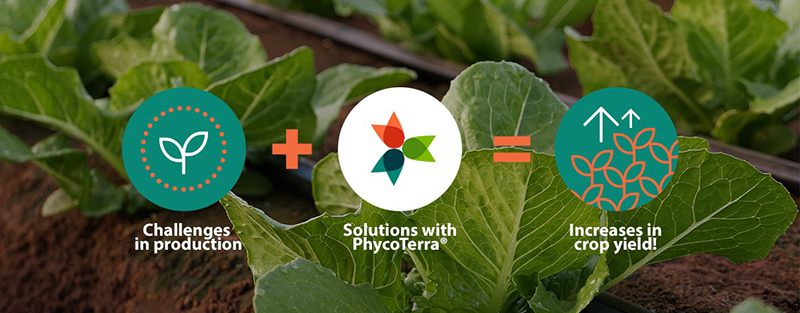Implications Of Low Winter Rainfall On Almonds
As I am writing this, there are some powerful rainstorms predicted to hit California during the first week of January. However, at present the fall and winter of 2007 have been unusually dry. With this comes the obvious concern of replenishing the reservoirs and groundwater for the upcoming growing season. There are many other factors that will also impact the 2008 crop year as a result of low winter rainfall.
A shortage of allotted water, or in some cases even the unavailability of water, has some growers planning strategies for surviving 2008. On one extreme, blocks that were intended for planting will not be planted. Existing first- or second-leaf blocks have contingencies of individual tree drip irrigation with the plan of providing only enough water to sustain life. Other blocks will be pruned heavier and put on a reduced fertility regime to reduce cropping potential with the assumption of irrigating the block well below the orchard’s normal evapotranspiration requirements.
An issue that has been slowly creeping up over the past few years is salt accumulation. Even in years of normal winter rainfall, many orchards with problematic levels of salt buildup are not having salts leached below the rootzone. This can be seen with the gradual increase in chloride or sodium levels in the annual leaf analysis. The sources of this salt can be from surface or well waters, and it doesn’t take acute levels of salts to cause a problem. In many cases the chronic accumulations over time with marginally salty waters can be equally bad. In my opinion, these gradual increases are worse than the one-time severe events, since they are not as visual and simply compromise productivity slowly over time.
Not Easy To Detect
When a grower sees sudden leaf burning, it is a red flag to address the problem. With a gradual buildup, production and future production (spur renewal) are being slowly degraded without any obvious signs. It is not uncommon to find leaf levels of chlorides in the toxic range without any overt symptoms.
Once the problem is identified, amending it is not always straightforward. Applications of gypsum, acid, sulfur, or other salt-fighting amendments are ineffective without follow-up leaching. Herein lies the problem of this past winter. Many salt-affected blocks have had amendments added, but have not had adequate leaching. Where winter water was available, some blocks received dormant irrigation. This helps, but additional rainfall to further push salts out of the bottom of the rootzone is needed.
There are other concerns related to the low winter rainfall. These can include poor incorporation of residual weed materials, slower availability of earlier applied potash, and one of my biggest pet-peeves, the failure of good winter mummy nut removal. Growers have been waiting for some extended rainy days to loosen mummy nuts for better shaking conditions. Any attempts to shake earlier resulted in poor removal. Many blocks experienced difficult nut removal in 2007, and high numbers of black nuts can be seen in the dormant trees. Without their removal, navel orangeworm (NOW) control in 2008 will be a major challenge, particularly in blocks with a history of NOW damage. Winter sanitation is far superior to in-season sprays.










